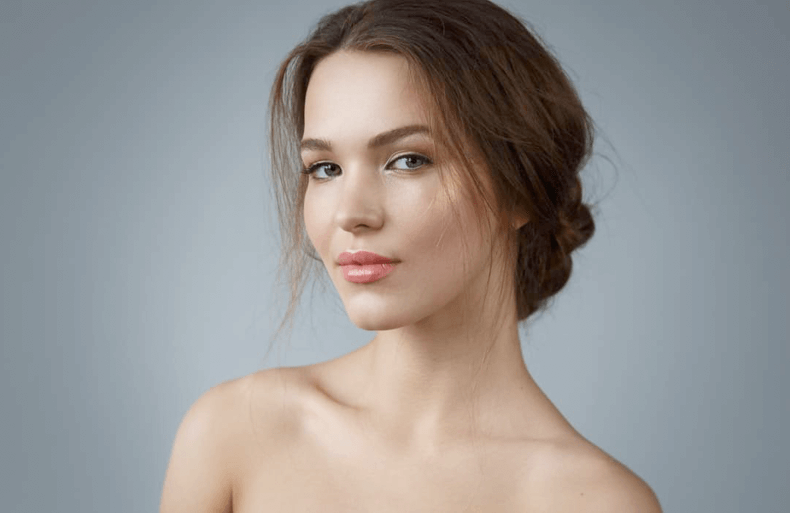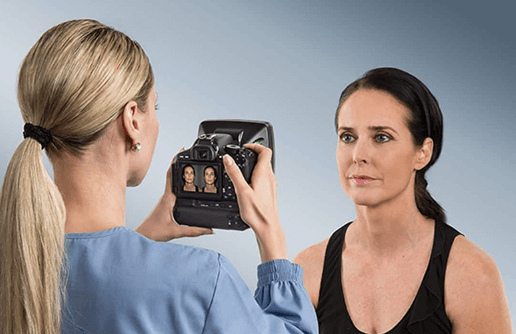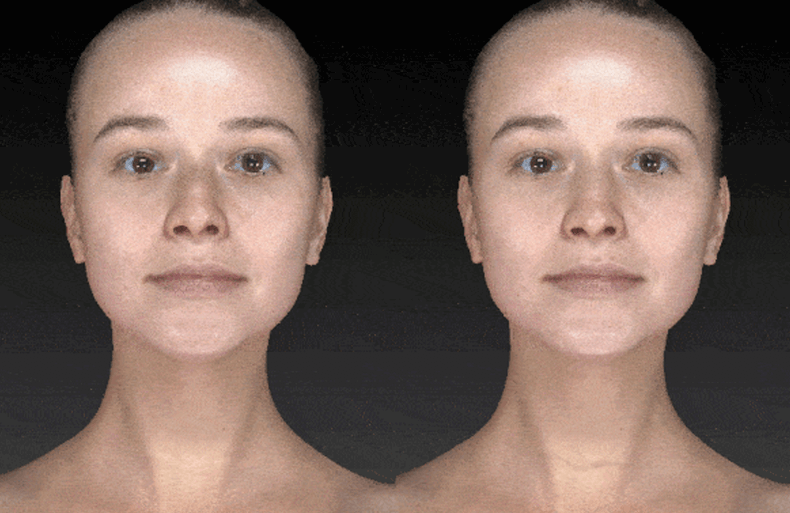Rhinoplasty, often referred to as a nose job, is one of the most frequently performed surgical procedures of the face in Australia, and at ONE FACE clinic in Adelaide. A nose that is out of proportion, or one that has been disfigured from trauma, can have a significant impact on the overall aesthetic of the face and a person’s self-esteem. The goal of rhinoplasty surgery is to bring the nose back into harmony and balance with the surrounding facial proportions.
A beautiful and well-proportioned nose will smoothly blend in with the natural features of the face.
The reasons for undergoing rhinoplasty surgery are varied, but broadly speaking fall into 3 categories:
Cosmetic Rhinoplasty. The cosmetic rhinoplasty aims to change the appearance of the nose. This is commonly done for purely aesthetic reasons; during the procedure measures are taken to maintain the normal function of the nose.
Functional Rhinoplasty. The functional rhinoplasty improves the airflow through the nose. This is typically to improve symptoms of restricted nasal breathing or blocked nose. The aim of surgery here is to improve the function of the nose without significantly changing its appearance.
Combined Rhinoplasty. Often changes in the appearance and function of the nose are required together as the form and function of the nose are closely related. Correction of both components together allows patients to achieve the maximum result. A good example of this would be correcting a crooked nose caused by trauma. Here straightening the nose will also improve airflow through the nasal cavity.
Dr Cleland will take pre-operative photos. He will then use the Vectra imaging system to create lifelike before and after 3D images of your nose and face. This will allow you to have a clear visual of the post-operative results that can be achieved. It is one thing to discuss the changes you have in mind. It is another entirely to see those changes and further refine how you want your nose to look.




